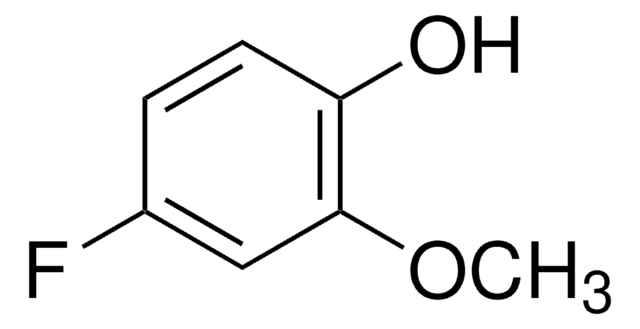Wichtige Dokumente
SML0005
Cerivastatin sodium salt hydrate
≥98% (HPLC)
Synonym(e):
(3R,5S,6E)-7-[4-(4-Fluorophenyl)-5-(methoxymethyl)-2,6-bis(1-methylethyl)-3-pyridinyl]-3,5-dihydroxy-6-heptenoic acid sodium salt hydrate, Rivastatin hydrate
Größe auswählen
Größe auswählen
About This Item
Empfohlene Produkte
Assay
≥98% (HPLC)
Form
powder
Optische Aktivität
[α]/D +18 to +26° in ethanol
Lagerbedingungen
desiccated
Farbe
white to tan
Löslichkeit
H2O: ≥5 mg/mL
Ersteller
Bayer
Lagertemp.
2-8°C
SMILES String
O.[Na+].COCc1c(nc(C(C)C)c(\C=C\[C@@H](O)C[C@@H](O)CC([O-])=O)c1-c2ccc(F)cc2)C(C)C
InChI
1S/C26H34FNO5.Na.H2O/c1-15(2)25-21(11-10-19(29)12-20(30)13-23(31)32)24(17-6-8-18(27)9-7-17)22(14-33-5)26(28-25)16(3)4;;/h6-11,15-16,19-20,29-30H,12-14H2,1-5H3,(H,31,32);;1H2/q;+1;/p-1/b11-10+;;/t19-,20-;;/m1../s1
InChIKey
NJHMEKXCHXHQPP-PZLZTSNUSA-M
Allgemeine Beschreibung
Anwendung
Biochem./physiol. Wirkung
Leistungsmerkmale und Vorteile
Lagerklassenschlüssel
11 - Combustible Solids
WGK
WGK 3
Flammpunkt (°F)
Not applicable
Flammpunkt (°C)
Not applicable
Hier finden Sie alle aktuellen Versionen:
Analysenzertifikate (COA)
Die passende Version wird nicht angezeigt?
Wenn Sie eine bestimmte Version benötigen, können Sie anhand der Lot- oder Chargennummer nach einem spezifischen Zertifikat suchen.
Besitzen Sie dieses Produkt bereits?
In der Dokumentenbibliothek finden Sie die Dokumentation zu den Produkten, die Sie kürzlich erworben haben.
Kunden haben sich ebenfalls angesehen
Artikel
Discover Bioactive Small Molecules for Lipid Signaling Research
Active Filters
Unser Team von Wissenschaftlern verfügt über Erfahrung in allen Forschungsbereichen einschließlich Life Science, Materialwissenschaften, chemischer Synthese, Chromatographie, Analytik und vielen mehr..
Setzen Sie sich mit dem technischen Dienst in Verbindung.










